On any given weekend in Virginia, you’ll find ebike riders just about everywhere—rolling quietly through the green tunnels of the W&OD Trail, climbing past the overlooks near the Blue Ridge Parkway, or weaving through the morning traffic in Arlington and Richmond. Electric bikes have woven themselves into Virginia’s riding culture, and as the roads and trails grow busier, understanding the state's ebike laws has become part of riding responsibly.
Virginia follows the familiar three-class ebike system used in much of the U.S., but the way the state applies these rules—especially on shared-use trails and in local jurisdictions—has a few nuances worth knowing. This guide breaks down the essential points so whether you're commuting, training, or exploring Virginia’s scenic routes, you can ride with confidence.
How Virginia Defines an Electric Bike
So, what is an ebike? States have their own laws as to what constitutes one.
In Virginia, an ebike (electric power-assisted bicycle) has three wheels or less, a seat, pedals, and an electric motor with up to 750 watts of power. There must be an easily visible label from the manufacturer with a classification number, an assisted top speed, and how much power (in watts) the engine has.
Like human-power bicycles, ebikes must follow building requirements from the U.S. Consumer Product Safety Commission (CPSC). They must have a mechanism that stops the motor from working when the cyclist quits pedaling or if the cyclist uses the brakes.
Most ebikes will stop helping you peddle when you reach about 20 miles per hour (mph), but some can help you up to 28 mph — but no more. It’s illegal to alter an ebike motor to make it go faster mechanically.
Within that definition, Virginia recognizes three categories of ebikes.
Virginia’s Three Ebike Classes
Class 1 — Pedal Assist (Up to 20 mph)
Class 1 ebikes assist only while you’re pedaling. These bikes are typically welcomed anywhere standard bicycles are allowed and tend to blend naturally with family riding, commuting, and recreational use.
Class 2 — Throttle + Pedal Assist (Up to 20 mph)
Class 2 adds throttle capability but shares the same speed limit as Class 1. These bikes are popular among riders who want a little extra help when starting from a stop or navigating crowded intersections.
Class 3 — Pedal Assist (Up to 28 mph)
Class 3 offers higher assisted speeds for more efficient commuting. They must include a speedometer, and riders must be 14 years or older. Because they move faster, access on certain shared-use paths may be restricted.

Ebike Laws in Virginia
Even though ebikes have low-speed motors, Virginia law treats them more like bicycles than motor vehicles. That means most laws that apply to bicycles also apply to ebikes, but there are many exceptions.
The next few sections explain ebike laws in Virginia to help you stay out of trouble.
These laws are up to date as of February 2025 — but keep in mind that they can change, so it’s important to check state and local ordinances before taking off on your ebike.
Where you can ride an ebike in Virginia
Because Virginia regulates ebikes like bicycles, you can ride them anywhere you can ride traditional bicycles. That means most bicycle paths and bicycle lanes on state or locally controlled lands are fair game.
Be aware that local and state authorities can restrict ebikes in certain areas. If you’re in doubt, check with the Virginia Department of Conservation and Recreation (for state lands) or the local land managing agency to see if ebikes are allowed in a certain area.
Whether you can ride your ebike in an area also depends on the class of ebike you have (more on this later). Some areas might allow Class 1 and Class 2 ebikes but restrict cyclists from riding more powerful Class 3 ebikes.
Virginia’s cycling network is large and varied, and ebike access reflects that.
Roads and On-Street Bike Lanes
All three classes of ebikes are permitted on public roads and designated bike lanes unless otherwise indicated.
Shared-Use Paths
This is where many riders have questions—especially in areas like Northern Virginia with high trail traffic.
- Class 1: Generally allowed
- Class 2: Often permitted, though some trails discourage throttle use
- Class 3: May face restrictions on certain multi-use or narrower paths due to speed
Trails such as the W&OD, Virginia Creeper Trail, and Capital Trail occasionally update guidelines, so it’s worth checking local trail authority websites if you’re planning a long ride.
Natural-Surface & Mountain Biking Trails
MTB trail access varies widely. Many parks allow Class 1 pedal-assist only, while Class 2 and Class 3 may be restricted. Rules can differ between county parks, state parks, and regional trail systems.
How old do you have to be to ride an ebike in Virginia?
Virginia sets only one age-specific rule:
- Class 3 riders must be at least 14 years old.
There is no statewide minimum age for Class 1 or Class 2 riders, though families usually follow local recommendations for supervision on shared trails.
Do you need a helmet when riding an ebike in Virginia?
Generally, the federal government leaves it up to states to make their own laws regarding helmets for cyclists. For example, some states, like New York, California, Oregon, and Florida, have laws that require children to wear helmets under a certain age.
Virginia’s statewide rule is straightforward:
- Riders 14 and under must wear a helmet, regardless of ebike class.
Some localities also make their own decisions. For instance, several big counties, like Fairfax County and Prince William County, require all cyclists under 15 to wear helmets.
Adults are not required by state law to wear a helmet, but on popular high-speed routes—like the Mount Vernon Trail or long road sections in Northern Virginia—it’s strongly recommended. Especially for riders of Class 3 electric bicycles, it is advisable to wear a helmet when riding an electric-assist bicycle.
Do you need a license, registration, or insurance?
For Class 1, Class 2, and Class 3 ebikes, the answer is no across the board.
- No license
- No registration
- No insurance
Only if the motor exceeds 750W or the assisted speed goes beyond 28 mph could a bike be treated as a moped or motor-driven cycle.

Sidewalk riding: depends on the city
Sidewalk rules in Virginia are determined locally.
In many cities—including Arlington and Alexandria—riding on sidewalks in business districts is discouraged or prohibited. In residential areas, sidewalk riding may be allowed as long as riders yield to pedestrians.
When in doubt, look for signage; Virginia tends to be clear about where sidewalk riding isn’t allowed.
How these rules are enforced
Enforcement in Virginia is generally light and focuses on safety rather than punishment. Common issues that prompt a ranger or officer conversation include:
- Riding a Class 3 bike on a narrow shared-use trail
- Younger riders operating Class 3 bikes
- Excessive speed on crowded paths
- Ignoring posted trail restrictions
Most interactions are educational rather than punitive.
Local ordinances for ebikes in Virginia
Local ordinances regarding ebikes can vary depending on a few factors. For example, local authorities can restrict the use of ebikes on shared-use paths or trails to protect public safety or preserve natural lands. Many areas have rules that restrict the use of Class 3 ebikes, in particular.
As we mentioned, ebikes are restricted on the beautiful Creeper Trail even though many of them span locally controlled lands in Damascus and Abington. The Creeper Trail is managed by a partnership between the two towns and the U.S. Forest Service, so all parties must agree on trail regulations.
What you should know before riding your ebike in Virginia
There are many beautiful places to ride ebikes in Virginia — like the Blue Ridge Scenic Railway, the Danville Riverwalk Trail, and the Virginia Capital Trail — but before you start pedaling, take the time to make sure it’s OK to use ebikes in the area.
While Virginia views ebikes as bicycles, the U.S. Forest Service sees them as vehicles, and different localities have different regulations for where you can ride. When planning your bike ride, go online and see if there’s any federal, state, or local restrictions on ebikes.
And remember that some areas that allow Class 1 and Class 2 ebikes don’t necessarily allow Class 3 ebikes.
Experience a Velotric ebike in Virginia
If you want to bike faster and longer, or if you need extra help getting up the hills while commuting to work, an ebike is an excellent choice.
Because localities, states, and the federal government have different regulations regarding ebike usage, electric bike laws can get confusing. Your best bet is to check with local authorities before taking off on your ebike to ensure you can cycle legally and safely in your area.
Still, the Commonwealth of Virginia has breathtaking views and amazing bike paths to enjoy, and Velotric can help you conquer them. View our selection of premium ebikes, like the sleek Discover 2 and the all-terrain Nomad 2X.
The Discover 2 is great for cycling through the city. It can take you up to 75 miles on a single charge with an efficient 750W motor.
Meanwhile, the Nomad 2X has fat wheels and a more powerful 750/1,400W rated/peak motor designed to help you rip through harsh terrain. It can take you up to 75 miles of rocky trails on a single charge.
Final Thoughts
Virginia offers some of the most scenic and enjoyable riding routes on the East Coast, and the state’s ebike laws aim to balance that freedom with safety for everyone on the trail. Whether you're exploring the hills of Roanoke, cruising along the Capital Trail, or commuting across Northern Virginia, understanding the basics—classes, path access, age rules, and local variations—helps ensure a smoother, safer ride.
As trail use continues to grow, more localities are refining their ebike policies, so checking local rules before heading out is always a smart move. With a little preparation, you can enjoy everything Virginia has to offer on two wheels—electric or otherwise.


























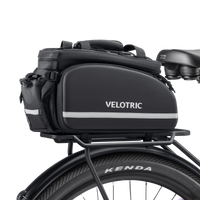

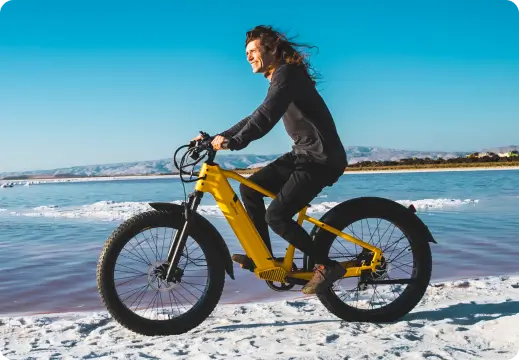






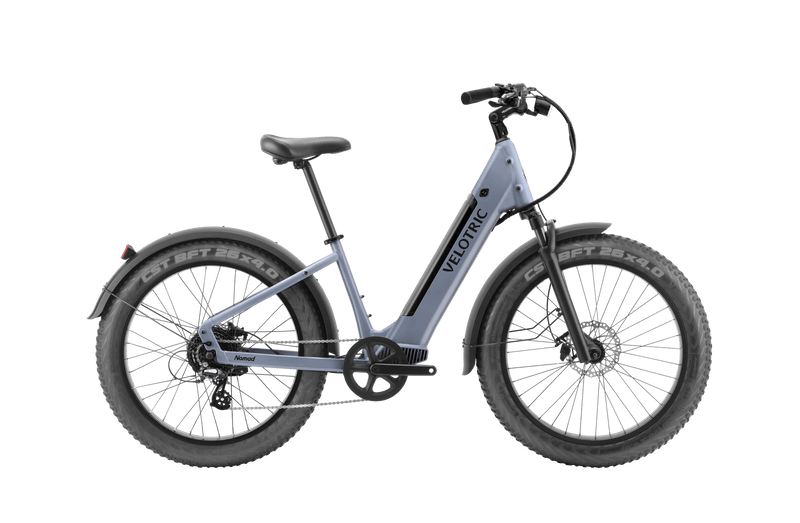

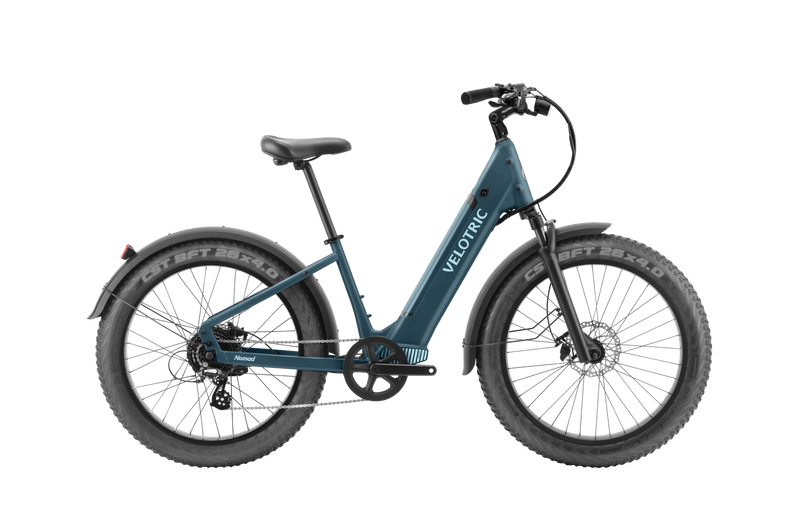

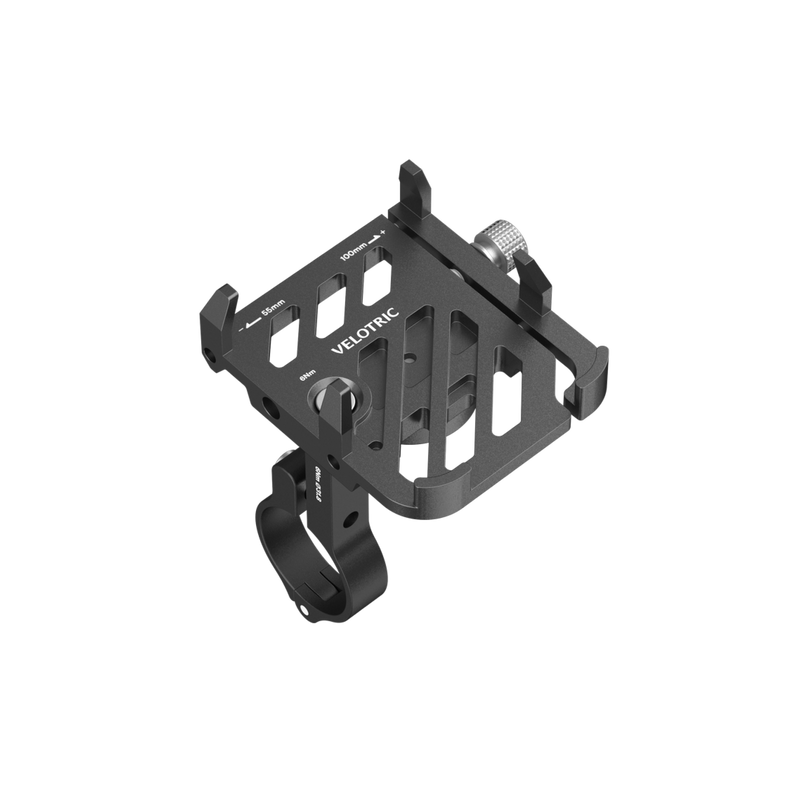
2 comments
This bike will be used for security personal
Recently bought a new discover 2 and love it well designed well built was a good purchase